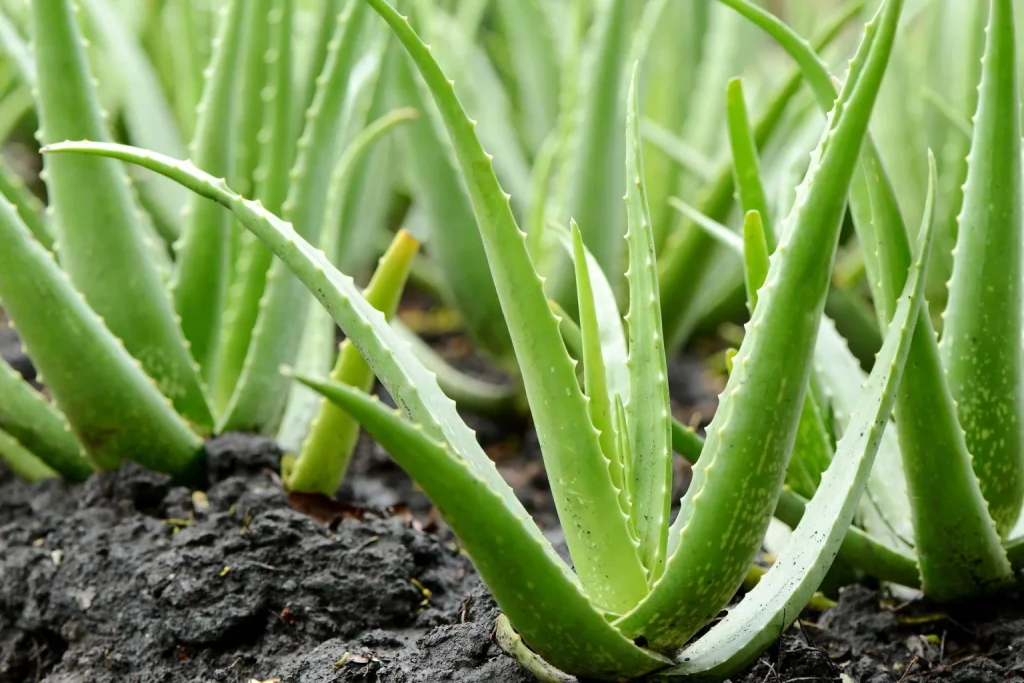Guide to Equipping Children with Tools to Conquer and Cope with Panic Attacks
Equipping children with tools to conquer and cope with panic attacks is of paramount importance in fostering their emotional well-being and resilience. In a world that can often be overwhelming, it is crucial to provide youngsters with a robust set of strategies that empower them to navigate and manage these intense moments. First and foremost, open communication lays the foundation for support. Encouraging a safe space for children to express their feelings and fears facilitates a better understanding of their triggers and symptoms. This can be coupled with age-appropriate education about panic attacks, explaining the physiological and psychological aspects behind the experience, demystifying the sensations they may encounter. Breathing exercises emerge as a potent technique, teaching children the art of deep, mindful breaths. Practicing controlled breathing not only helps regulate their physiological responses but also offers a tangible tool to shift their focus away from the panic-inducing stimuli.
Visualization exercises harness the power of imagination, enabling children to create mental safe havens or serene scenarios to retreat to when panic strikes. By engaging their senses in these visualizations, they learn to divert their attention from distress to tranquility. Moreover, grounding techniques prove invaluable in tethering children to the present moment. Encouraging them to name five things they can see, four things they can touch, three things they can hear, two things they can smell and one thing they can taste fosters an immediate sensory connection, disrupting the spiral of panic. Similarly, fostering a toolbox mindset allows children to compile a personalized array of coping mechanisms. Whether it is engaging in a favorite hobby, squeezing a stress ball or seeking comfort from a beloved toy, these tools provide a tangible sense of control during moments of vulnerability.
Physical outlets, such as engaging in outdoor activities or practicing yoga, channel excess energy and tension, promoting a sense of calm. Regular exercise not only bolsters physical health but also nurtures emotional resilience, serving as a constructive way to manage stress and anxiety. In parallel, fostering healthy sleep patterns is paramount. Prioritizing adequate rest ensures important source that children’s bodies and minds are better equipped to handle emotional challenges, minimizing the likelihood of panic attacks. In all of these efforts, the role of caregivers and educators cannot be overstated. Modeling emotional regulation, validating children’s experiences and reinforcing these coping strategies through consistent practice create a supportive environment wherein children feel empowered to confront and conquer panic attacks. By instilling these tools from a young age, we provide children with an enduring skill set that not only equips them to face immediate challenges but also lays the groundwork for a lifetime of emotional well-being.
 These plants play a crucial role in stabilizing soil and preventing erosion in the desert environment. Moving northward into the higher elevations, Utah’s mountainous regions offer a cooler and more hospitable climate for a different range of flora. Coniferous forests dominate the landscape, with pine, spruce, and fir trees creating habitats for various wildlife species. These forests also act as watersheds, capturing and releasing water gradually, which is essential for maintaining a steady flow in rivers and sustaining downstream ecosystems. One of the key challenges in sustaining life in Utah’s planting zones is the increasing pressure of human activity. Urbanization, agriculture, and recreational activities can disrupt the delicate balance of these ecosystems. Invasive plant species introduced through human actions can outcompete native plants, disrupting the natural order and potentially harming local wildlife that depend on native flora for food and shelter. To ensure the harmonious coexistence of plant life in Utah’s planting zones, conservation efforts and sustainable practices are crucial.
These plants play a crucial role in stabilizing soil and preventing erosion in the desert environment. Moving northward into the higher elevations, Utah’s mountainous regions offer a cooler and more hospitable climate for a different range of flora. Coniferous forests dominate the landscape, with pine, spruce, and fir trees creating habitats for various wildlife species. These forests also act as watersheds, capturing and releasing water gradually, which is essential for maintaining a steady flow in rivers and sustaining downstream ecosystems. One of the key challenges in sustaining life in Utah’s planting zones is the increasing pressure of human activity. Urbanization, agriculture, and recreational activities can disrupt the delicate balance of these ecosystems. Invasive plant species introduced through human actions can outcompete native plants, disrupting the natural order and potentially harming local wildlife that depend on native flora for food and shelter. To ensure the harmonious coexistence of plant life in Utah’s planting zones, conservation efforts and sustainable practices are crucial.